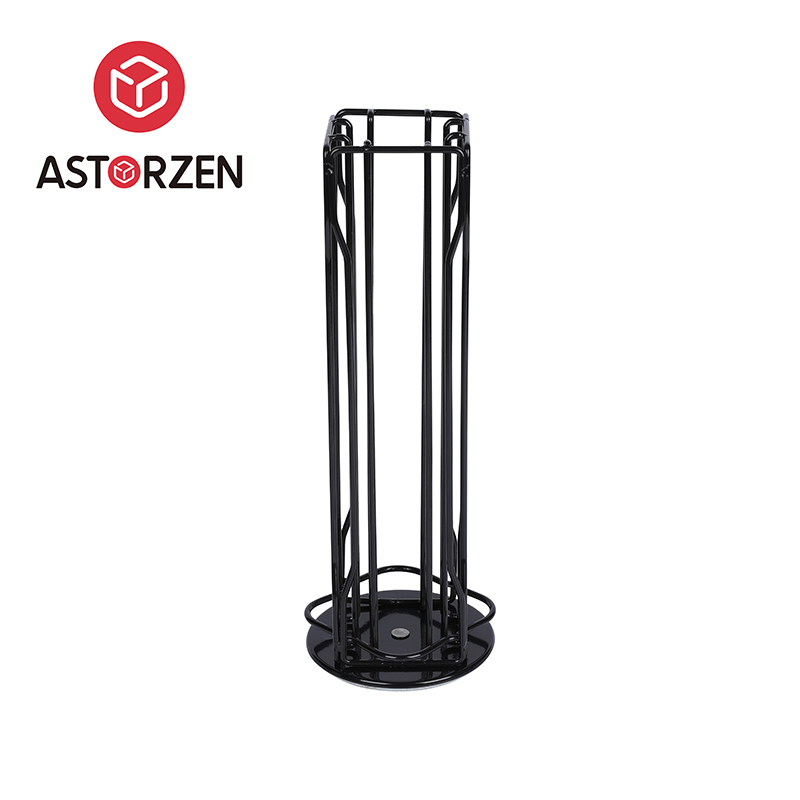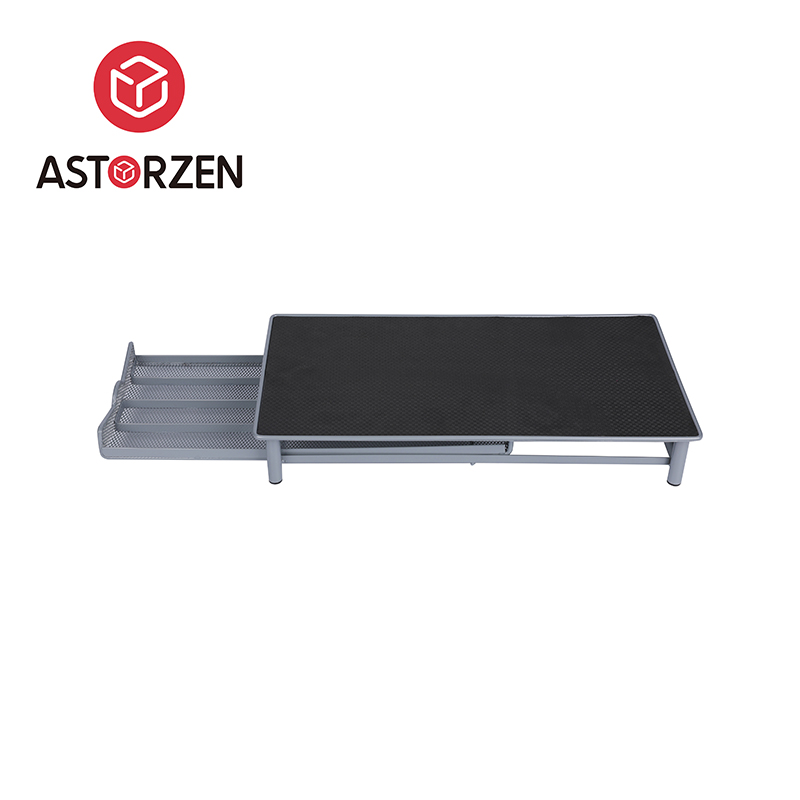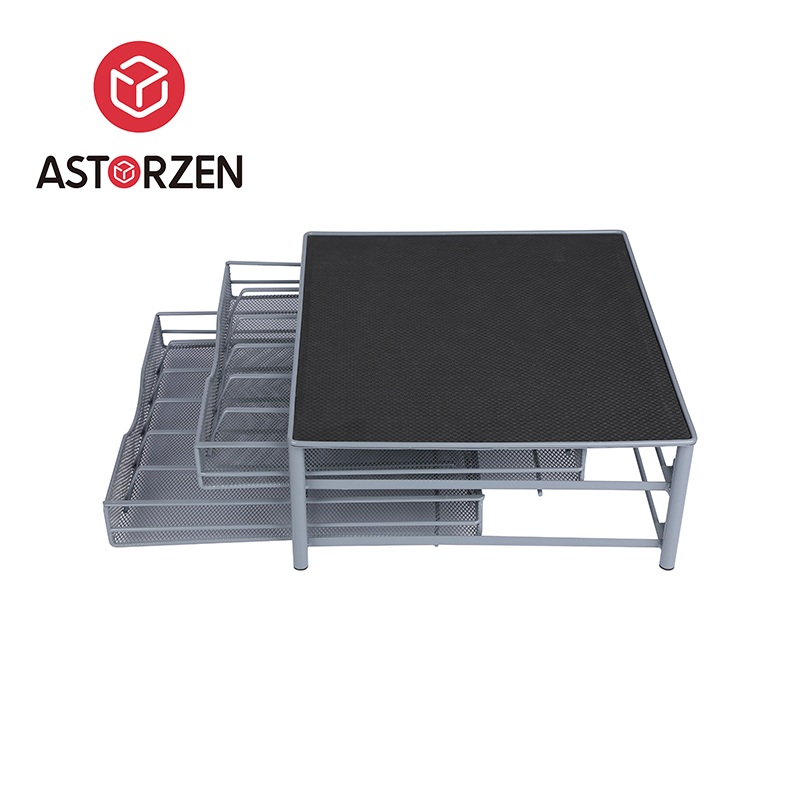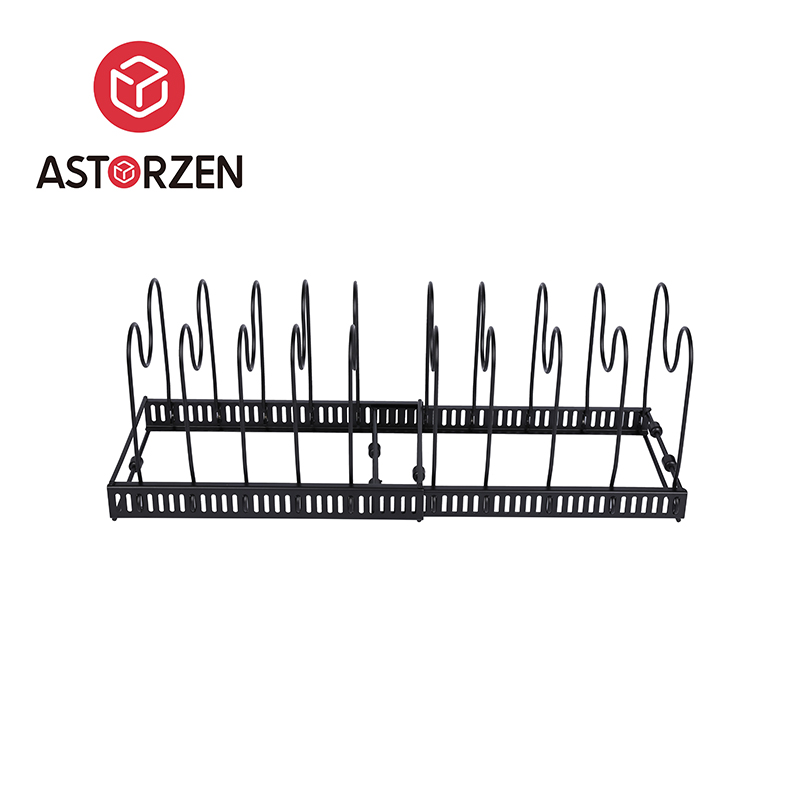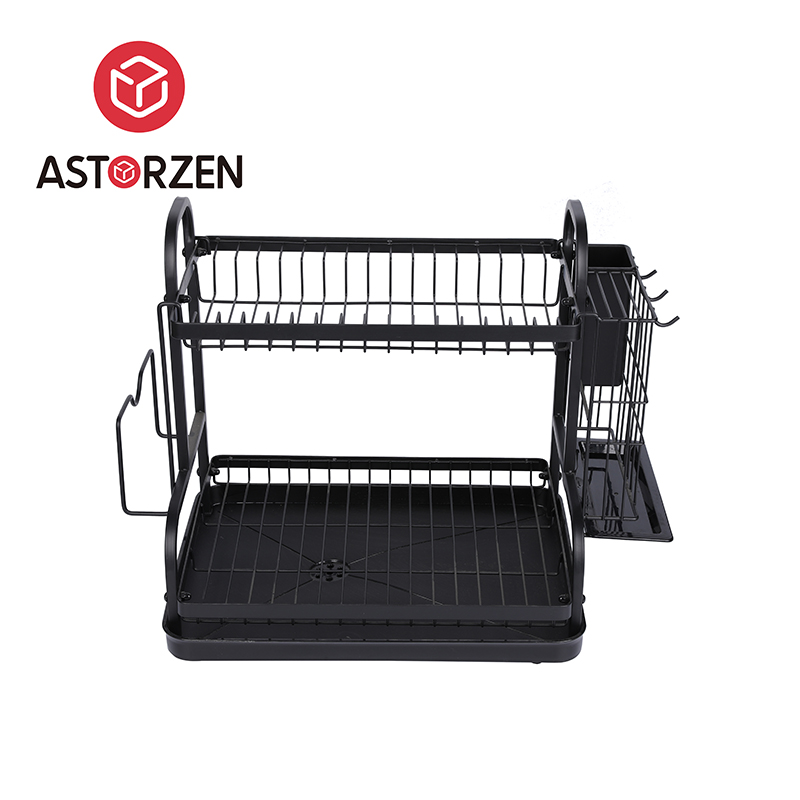Stainless steel kitchen slide-out shelves are a practical solution for homeowners seeking to improve the organization, accessibility, and cleanliness of their kitchen cabinets. Built from durable and corrosion-resistant materials, these shelves are ideal for the moisture-prone environment of a kitchen and offer a long-lasting storage option.
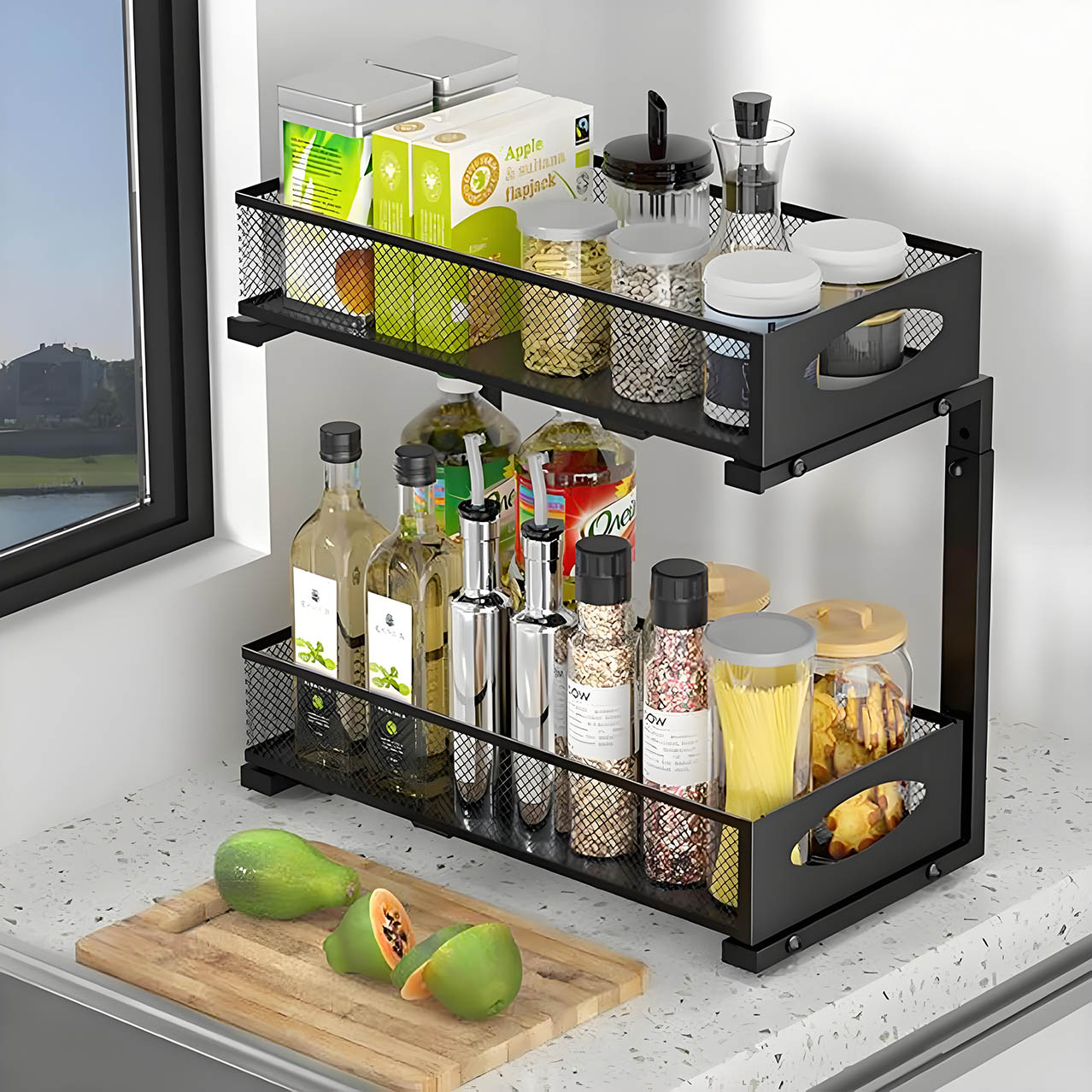
One of the valued features of stainless steel slide-out shelves is their strength and load-bearing capacity. Designed to hold various kitchen essentials—such as pots, pans, small appliances, or pantry items—these shelves provide stable support without warping or bending. The smooth sliding mechanism, typically guided by ball-bearing tracks, ensures easy and quiet access, even when the shelves are fully loaded.
Another essential feature is hygiene. Stainless steel is non-porous and resists staining and bacterial buildup, making it a choice for food storage areas. It's easy to wipe down and sanitize, maintaining a clean kitchen environment with minimal effort.
These shelves also optimize space. Installed within base cabinets or pantry units, they transform deep, hard-to-reach areas into organized compartments, reducing clutter and making everyday cooking tasks more efficient. Adjustable widths and heights are commonly available, allowing customization to suit various cabinet configurations.
Lastly, the aesthetic of stainless steel complements modern kitchen designs. Its sleek and neutral appearance blends well with wood, stone, or contemporary finishes, providing a functional and stylish addition.
Stainless steel kitchen slide-out shelves combine strength, hygiene, and convenience. Their integration into a kitchen layout significantly improves usability and efficiency, especially in high-use cooking areas.
Assembling a kitchen utility cart can be a straightforward process, requiring basic tools and minimal mechanical experience. Many utility carts come with clear instruction manuals and labeled components, ensuring a smooth assembly even for users.
Before beginning, it is important to ensure all parts are present, including shelves, support poles, wheels (casters), and any included hardware such as screws or washers. A screwdriver—typically Phillips head—and sometimes a wrench are the primary tools required.
The process usually starts with assembling the base frame. This involves connecting the bottom shelf to the cart's vertical support poles. Many models use either snap-on connectors or screw-in joints. It's crucial to align everything correctly to maintain the cart's balance and stability.
Next, additional shelves are installed, typically by sliding them down the support poles and securing them with brackets or screws. The spacing between shelves may be adjustable depending on the design, allowing users to accommodate taller items such as blenders or mixing bowls. It's recommended to tighten all screws only after the structure is fully aligned to ensure everything fits together properly.
The final step is attaching the casters. Many kitchen utility carts come with locking wheels to keep the cart stable when stationary. Casters are typically screwed into the base or snapped into fitted sockets, depending on the model. Once all components are secure, a quick check should be done to ensure the cart rolls smoothly and stands level on the floor.
Assembled properly, the kitchen utility cart becomes a versatile tool for storing supplies, transporting ingredients, or even serving meals. With careful attention during setup, users can enjoy a sturdy and functional addition to their kitchen space.





 English
English 日本語
日本語 русский
русский عربى
عربى


